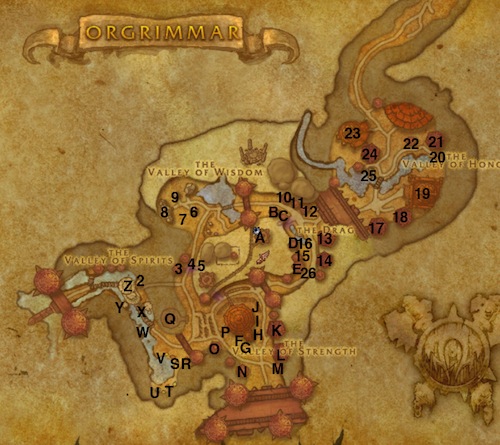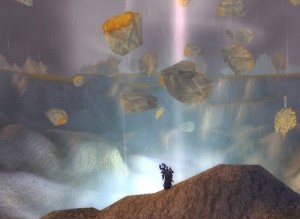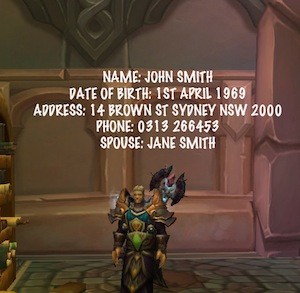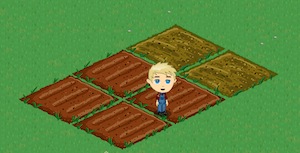 This post originally appeared over at our sister site Metaverse Health.
This post originally appeared over at our sister site Metaverse Health.
John Carmack is a bit of an icon in gaming circles, and he’s also one of the people that’s supporting the Oculus VR consumer headset that’s on the near horizon. I’d very stupidly assumed (having not read any biographical details on him until today) that he wasn’t that deep into the coding / science of things like this.
He’s just posted a nice piece of work on the challenges of latency in virtual reality. If you’re from a computer science background you’ll get a lot more out of it than I did, and even I could appreciate just how critical latency is in this sphere.
Latency is of course an important consideration anywhere but Carmack shows just how far we probably have to go to make VR headsets that give an accurate perception of real-time movement in physical space. It’ll happen of course – and I still want an Oculus now.








Recent Comments